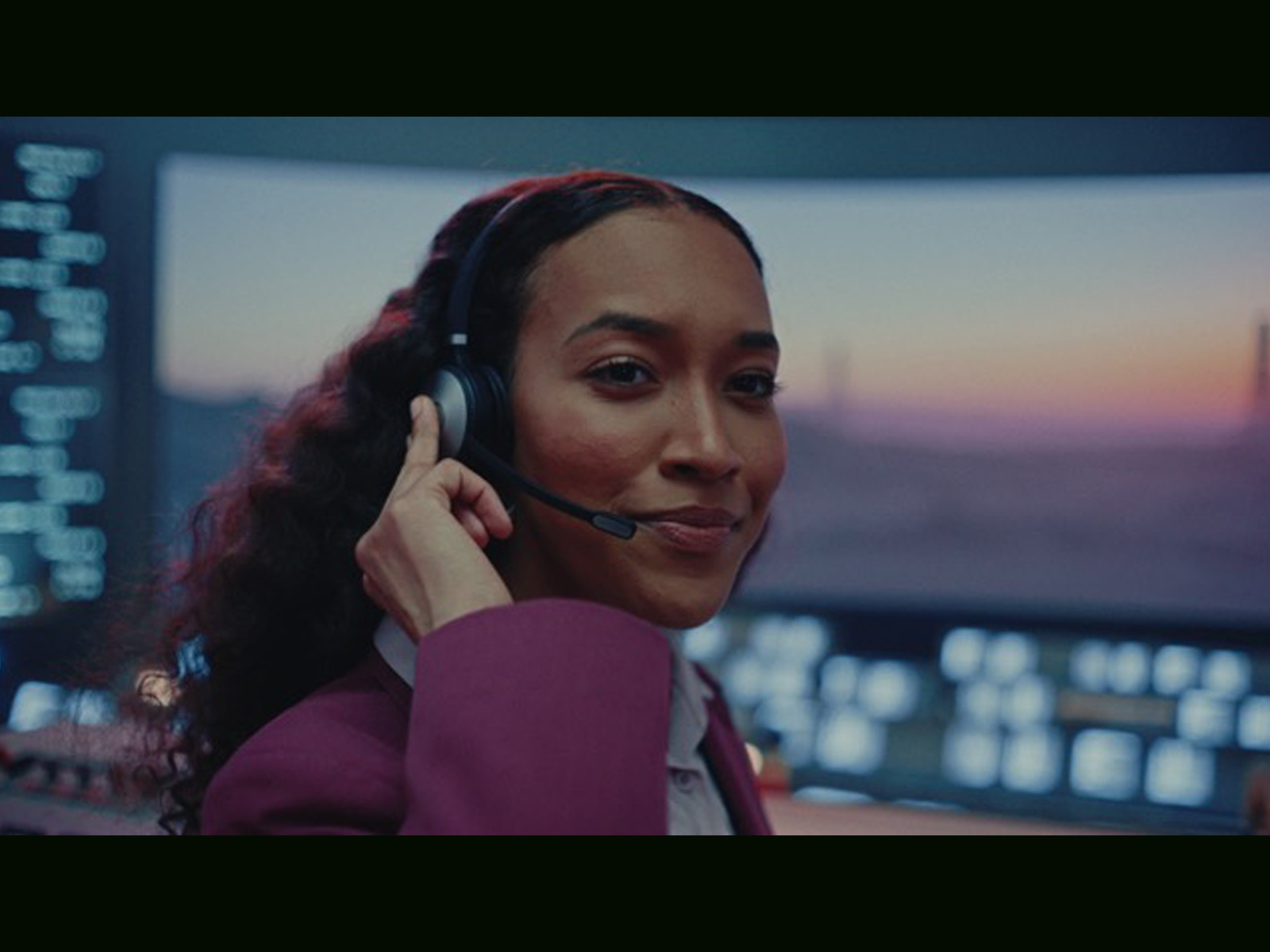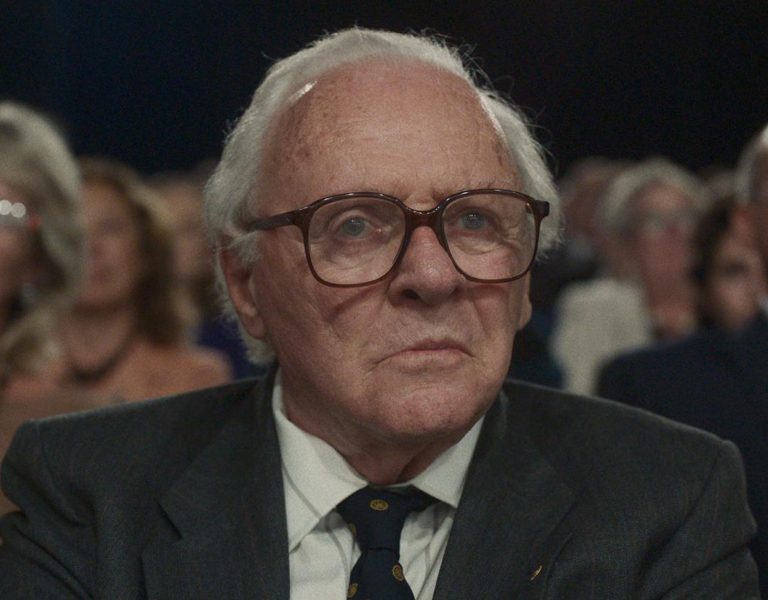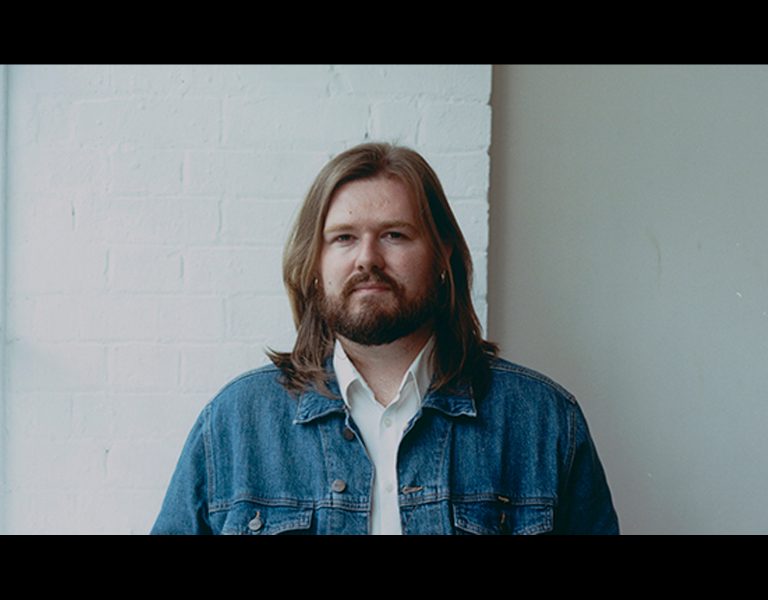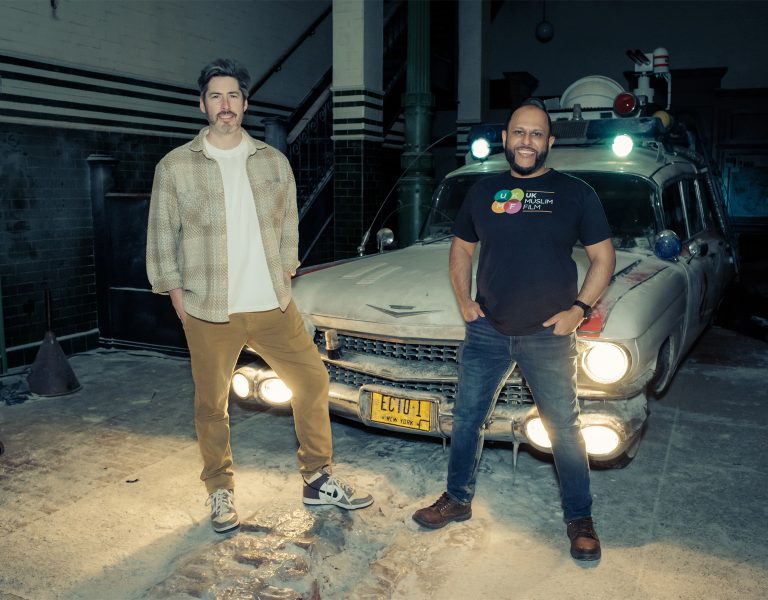
World-building creative lab Impossible Objects (IO) has produced the latest spot for legacy company John Deere, which for 150+ years has been a go-to for agricultural, construction, forestry machinery, and technology. To highlight its various offerings, “All Kinds of Fields” takes the viewer on a journey through the eyes of one little girl with big dreams.
Out of Agency Signal Theory, the team at IO along with director Jay Walker and cinematographer Jon Chema were tasked with bringing a child’s imagination to life using virtual production.
Chema’s aim for the shoot was to subtly convey two different looks, one for the ‘dream world’ and another for reality. “Maya’s bedroom (the young girl in the spot) was intended to be our most grounded realistic of the 4 sets. I chose to shoot this set on ARRI Master primes and on the Sony Venice 2 in Super35 sensor mode. I also limited our depth of field to around T2.8-T4 in order to keep more of the world in focus.
“For the dream worlds, I choose these beautiful old Canon rangefinder lenses from the 1960s that have been recently rehoused by TLS. The lenses are unique in the fact that they only have a single coating and flare big in the most magical way, they also have lower contrast and the bokeh is absolutely stunning texture that almost feels anamorphic.”
Chema shot the Venice 2 in 3:2 full frame mode to capitalise on the lens’ unique characteristics. “By utilizing a shallower depth of field and the funky bokeh of the lens, I was able to knock a lot of the LED volume out of focus and I really made everything a lot more realistic. The dream world was supposed to feel funkier and I think this cocktail of lensing and sensor size really helped sell that.”
IO combined their technical expertise, from CG work to shooting on an LED volume to traditional VFX, to create a seamless integration of virtual and physical elements from previs to post. From the John Deere toy tractor in the little girl’s bedroom to her drawing on the wall in the virtual garage, these subtle details enriched the narrative, connecting the dreamlike sequences with the real world.
Being able to shoot three of the four sets on the volume was overall an incredible experience for cinematographer Chema. “I worked hand-in-hand with the virtual DP and his team of VFX folks to tweak the visuals and aesthetic of the virtual worlds before we even stepped on set,” he remarks. “We had several meetings before the shoot and were able to even do a virtual tech scout before our actual tech scout. Then on the actual tech scout, we were able to pull up the worlds that had been created and I was able to coordinate with my gaffer and key grip on the best approach to augmenting the lighting.”
The tight shooting schedule posed the most significant challenge, with only two days to capture three virtual environments and a practical set. The Impossible Objects Virtual Art Department team created the industrial garage, the engineering room, and mission control, along with a set extension for the LED volume, and a few fully CG assets such as the tractor and the branded John Deere satellite based on CAD files using Autodesk’s Maya, Adobe’s Substance Painter, Unreal Engine from Epic Games, and SideFX’s Houdini. Once the virtual assets were complete, the team built the bedroom set, prepped the shots, and rigged the lighting one day before the shoot.
Chema found the biggest challenges of shooting on an LED volume to be the wall’s limitations. “Our particular LED volume didn’t do a good job of displaying true black well as it had to create the colour or lack of by mixing light from all three coloured LED diodes. My DIT Isaac Guy, and I countered this on set through live grading and bringing the black levels down while protecting the digital negative,” he explains.
The second challenge of the wall was that the product only emits soft light and cannot replicate hard lighting sources, he comments. “Any DP knows that one of the best parts of shooting in the real world is that beautiful balance of hard and soft light. Thats something that sells realism to any viewer. Gaffer Marlon O’Brien and I countered this limitation by strategically working with the folks at NANT to remove several tiles of LED in order to leave room for hard film light fixtures. We utilised a Mole 5k par, ARRI T12 and Creamsource Vortex 8s for the hard light rigging each to a trolly system in order to move the light where we needed it. Marlon and I also worked with key grip Marlow Nunez to devise and install a gantry system over the entire ceiling of the LED volume. From there we rigged a Litegear Auroris light fixture so we were able to utilise the most colour accurate lighting overhead talent.”
The other main challenge was that they worked on a stage floor with no LED product underneath. “This limited us and our framing to mostly medium shots and closeups. We had a few strategic wide shots to establish the space, but those were VFX extensive and required a lot of rotoscoping so we tried to help out VFX as much as possible.”
Impossible Objects executive producer Sarah James adds, “With our LED volume approach, we can shoot in breathtaking places, a mission control viewing room, and an enormous factory in a single day. By pairing this impressive and innovative technology with practical, real-life set design to give us depth and foreground, the results are stunning and, most importantly—grounded in realism.”
Director Walker has a commitment to mentorship and diversity in the industry and wanted to bring a shadow director on for the shoot. After receiving close to 500 applications for the role, Walker ultimately chose an aspiring female director found through the non-profit Free the Work. By immersing the shadowing director in every aspect of the production, from pre-pro to post, Walker aimed to provide the full spectrum experience.
“John Deere is making a conscious effort to support women in STEM fields, and as one of the few female directors versed in the technically complex LED volume shoot process, this was an inspiring campaign to work on,” said Walker. “It was doubly rewarding to invite a ‘Free the Work’ mentee to shadow this shoot making it a full circle female empowerment experience, true to the creative concept.”
Chema’s team included: A-cam/Steadicam op Nick Muller; 1st AC Joseph Soria; DIT Isaac Guy; remote head tech Simon Shin; crane op Clay Platner; gaffer Marlon O’Brien; LCP Tyler Sanderson; and key grip Marlow Nunez.




















